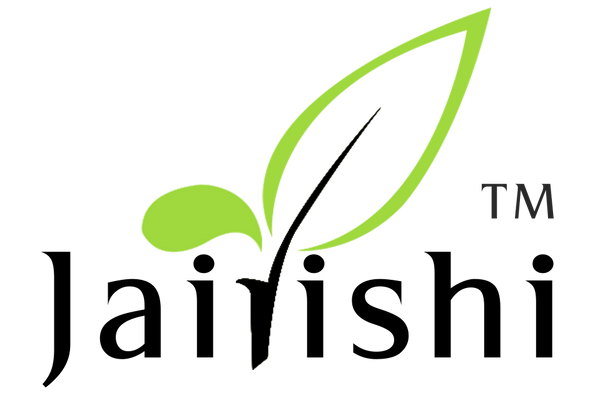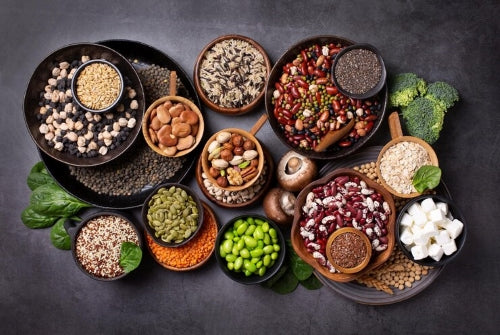Hemoglobin levels can fall for a number of causes, with iron deficiency anemia, pregnancy, and liver illness being some of the most frequent ones. Moreover, some people may have low hemoglobin levels without any obvious underlying causes. It’s critical that you don’t disregard low hemoglobin levels because doing so can have detrimental effects, regardless of what is causing them. After all, hemoglobin aids in the elimination of carbon dioxide and is necessary for red blood cells to carry oxygen throughout the body. You must alter your diet because some nutrients are necessary for the creation of hemoglobin in order to solve the issue of low hemoglobin levels. Iron and foliate are the two most important of them. Conditions like iron anemia and low hemoglobin levels are linked to both iron and foliate deficits.
The Healthiest Foods for Increasing Hemoglobin
Spinach
If you have low hemoglobin levels, spinach is the best food to include in your diet because it is low in calories but high in iron and foliate. You might get 15% of your daily iron needs and about 50% of your daily foliate needs from a 100 gram serving of spinach. As spinach is also high in vitamin C, which enhances iron absorption, it is even more effective at raising hemoglobin levels naturally. Spinach is a nutrient-dense vegetable that is high in antioxidants like carotenoids that can protect against a wide range of illnesses, in addition to being beneficial for boosting iron and foliate consumption for increased hemoglobin formation. You can also eat other leafy greens like kale and broccoli that have comparable nutritional qualities to spinach.
Quinoa
Quinoa is a pseudo cereal that is regarded as a super food and one of the healthiest gluten-free grains to eat if you have celiac disease. In addition to being gluten-free, quinoa is also rich in nutrients like iron, foliate, magnesium, copper, and manganese, among others, and has higher protein content than most cereals. You can get 2.8 gram of iron, or 16% of your daily needs, from just 1 cup of cooked quinoa. Even better, the same-sized serving of this food has 77.7mcg of foliate, which is 19% of your daily recommended intake. In addition, quinoa has a greater level of antioxidants than the majority of widely ingested cereals.
Pumpkin Seeds
While it’s true that chips and chaklis have replaced the healthful Ayurveda snack suggestions, seeds like roasted makhanas are becoming more popular among health-conscious people. If you’re looking for a tasty and easy snack option that can also help you increase your hemoglobin levels, pumpkin seeds are a great alternative. These seeds are a strong source of iron, giving you 2.5 mg of iron, or 14% of your daily needs, and 17 mcg of foliate, or 4% of your needs, in a 28 gram serving. In addition to providing a little amount of both nutrients, flaxseeds also provide 8% of your daily requirement for iron and 6% of your daily requirement for foliate. The vitamin zinc and magnesium is abundant in these seeds.
Legumes
Black eyed peas, kidney beans, and chickpeas are a few other excellent sources of iron and foliate in legumes. While the levels of each nutrient can differ, most beans include a healthy quantity of each while also giving you access to magnesium and potassium, two vital elements. 1.8 gram of iron, or 10% of your daily needs, is present in just half a cup of cooked black beans, while 66 mcg of foliate, or 16.5% of your daily needs, are present in half a cup of cooked kidney beans. Legumes are a wonderful source of protein, dietary fiber, and antioxidants, as well as a good supply of iron and foliate to help you maintain appropriate hemoglobin levels.
Tofu
Tofu, a soy-based product, has gained popularity as a meat alternative among people who have moved to vegetarian or vegan diets. It is famous for its iron and folate concentration and is one of the best vegetarian forms of protein. Tofu provides 36.5mcg, or 9% of your daily requirement for folate, and at least 3.4 grammes of iron, or 19% of your daily requirement, per serving. It’s vital to note that tofu is a fantastic source of isoflavones, which are linked to increased protection against insulin resistance and heart disease. This is in addition to the fact that tofu contains other crucial nutrients like thiamine, calcium, and selenium.
Dark Chocolate
The emphasis is on “dark” chocolate in this case, especially those with at least 70% cocoa or more, while conventional chocolates will only provide you with a lot of sugar. As you get used to it, you can appreciate the rich flavour of dark chocolate as well as how wonderfully healthful it is. Despite the absence of folate in dark chocolate, a 28 gramme portion contains 3.4 grammes of iron, which provides you with 19% of your daily needs in a single serving. When eaten in moderation, it is also thought to be one of the healthiest foods because its antioxidant concentration is even higher than that of some fruit extracts. According to studies, dark chocolate lowers cholesterol levels, possibly preventing heart attacks and risk of stroke.
Cereal for breakfast
Several morning cereals have vital micronutrients added to them that are frequently missing from our diets. As a result, the majority of cereals include iron and folic acid, albeit brand differences can considerably affect the amount. Because many cereals have better bioavailability and reasonably high iron and folate content, it’s critical to carefully examine the labels. However, because fortified foods may not be absorbed as effectively, it is advisable to utilise them as a backup rather than as your primary source of nourishment.
It should be noted that since the majority of our population is vegetarian, our focus has been on plant-based cuisine. However while being considered some of the richest sources of iron, non-vegetarian foods including eggs, liver, shellfish, red meat, and fatty fish have little to no folate. Keep in mind that non-heme iron, which is not as readily absorbed by the body, is what you receive from vegetarian foods when you eat more plant-based foods to increase your consumption of iron and folate. It is recommended to eat foods high in vitamin C, such as citrus fruits, together with the foods mentioned above to optimise non-heme iron absorption.

